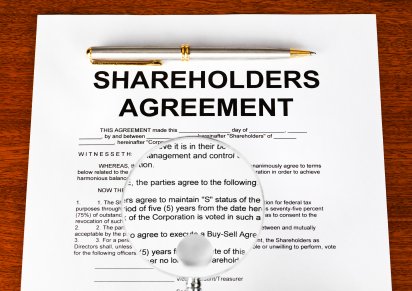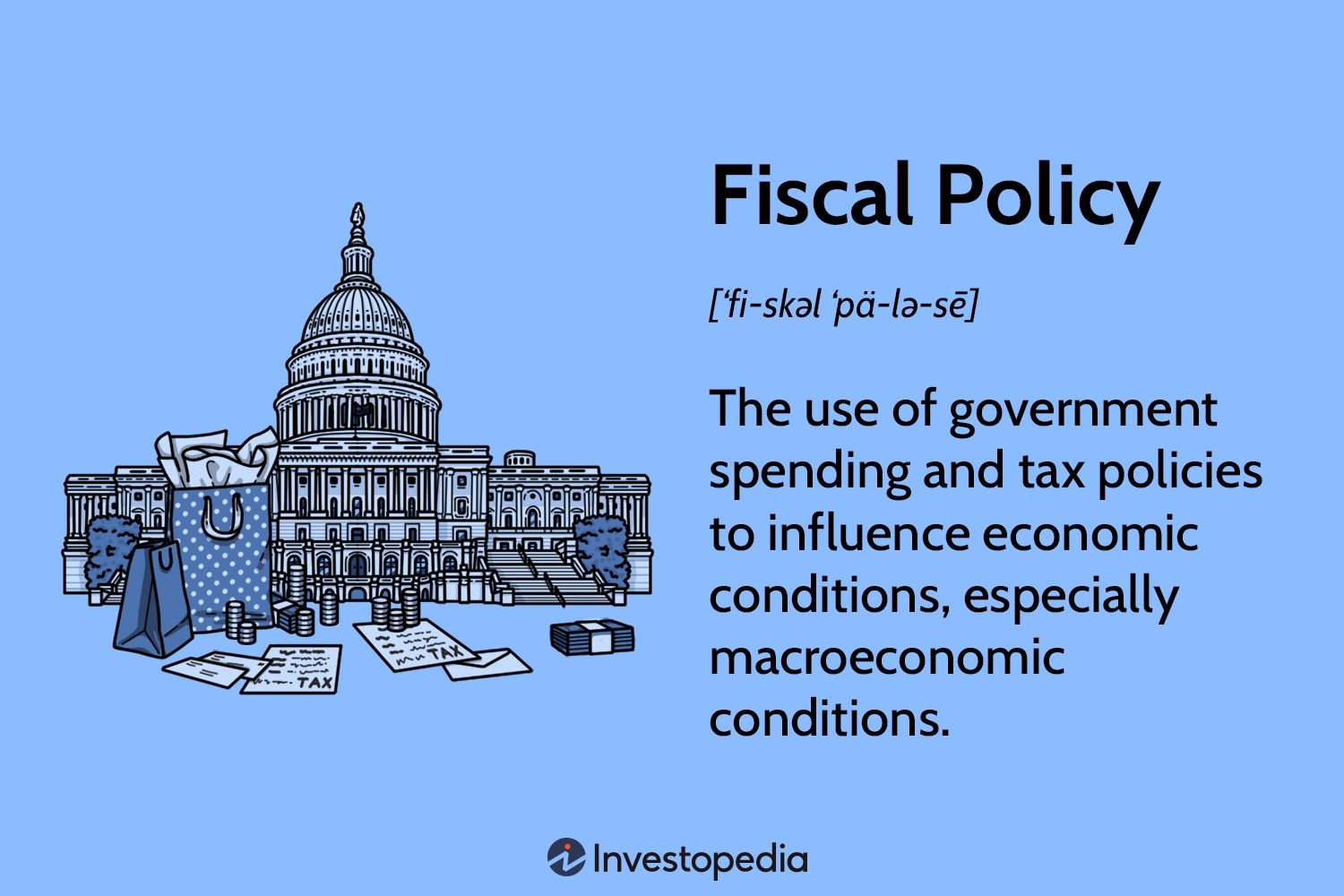A shareholder agreement in startups is a crucial document that outlines the rights, responsibilities, and expectations of shareholders within a company. It serves as a legally binding agreement among the shareholders, ensuring a fair and transparent relationship that aligns with the startup’s goals and objectives. This agreement covers important aspects such as ownership percentages, decision-making processes, dispute resolution mechanisms, and exit strategies. By establishing clear guidelines from the outset, a shareholder agreement in startups helps ensure a smooth and harmonious operation, fostering trust and minimizing potential conflicts along the entrepreneurial journey.
What is a Shareholder Agreement in Startups?
A shareholder agreement is a legal contract that governs the rights and obligations of shareholders in a startup company. It is a crucial document that outlines the relationship between shareholders and provides a framework for decision-making, ownership rights, and dispute resolution. This agreement helps maintain clarity, fairness, and stability within the company by establishing rules and guidelines that all shareholders must adhere to. In this article, we will delve into the various aspects of a shareholder agreement in startups and explore why it is essential for the success and growth of the company.
The Importance of a Shareholder Agreement
Launching a startup is an exciting endeavor, but it also comes with its fair share of risks and uncertainties. In the early stages, when the company is still in its infancy, the decisions made and the roles played by shareholders can significantly impact its trajectory. A shareholder agreement effectively addresses these concerns by providing a solid foundation for governance, decision-making, and conflict resolution. Here’s why a shareholder agreement is crucial for startups:
- Protection of Shareholder Rights: A shareholder agreement outlines the rights and responsibilities of each shareholder, ensuring that no one’s interests are overlooked or disregarded.
- Ownership and Equity: The agreement clearly defines the percentage of ownership and equity distribution among shareholders, minimizing potential conflicts and misunderstandings.
- Decision-Making: It establishes a decision-making process, including the voting rights and procedures for major company decisions, such as appointing directors, approving budgets, or selling the company.
- Roles and Responsibilities: The agreement outlines the roles and responsibilities of key stakeholders, including founders, directors, and officers of the company, ensuring everyone is on the same page.
- Dispute Resolution: In the event of conflicts or disputes between shareholders, the agreement provides a mechanism for resolving these issues, such as through mediation or arbitration, preventing costly and time-consuming legal battles.
- Exit Strategies: It addresses exit strategies, such as the sale of shares, IPOs, or buybacks, allowing shareholders to plan for the future and establish fair processes for exiting the company.
Key Components of a Shareholder Agreement
A comprehensive shareholder agreement covers various aspects of a startup’s operations and shareholder relationships. While each agreement may vary based on company-specific requirements, some common components typically include:
1. Shareholder Rights and Obligations
This section outlines the rights and obligations of each shareholder in the company. It may cover topics such as:
- Ownership percentages and equity shares
- Dividend distribution
- Information rights and access to company records
- Non-compete and non-disclosure agreements
2. Decision-Making and Voting
This section defines how decisions are made within the company and the voting rights of shareholders. It may cover topics such as:
- Mechanisms for voting on major decisions
- Supermajority requirements
- Proxies and absentee voting
- Deadlock resolution
3. Board of Directors
For startups with a board of directors, this section outlines the composition, appointment, and powers of the board. It may cover topics such as:
- Number of directors and their qualifications
- Founder or investor board seats
- Board meeting frequency and procedures
- Board member removal and replacement
4. Transfer of Shares
This section addresses the process and restrictions for the transfer of shares among shareholders. It may cover topics such as:
- Preemptive rights
- Right of first refusal
- Restrictions on transferring shares
- Valuation methods for share transfers
5. Dispute Resolution
In the event of disputes between shareholders, this section outlines the procedures for resolving conflicts. It may cover topics such as:
- Mediation, arbitration, or litigation processes
- Dispute escalation mechanisms
- Confidentiality and non-disparagement agreements
6. Exit Strategies
This section addresses the methods and procedures for shareholders to exit the company. It may cover topics such as:
- Sale of shares
- Initial Public Offering (IPO) processes
- Company buyback of shares
- Drag-along and tag-along rights
Creating a Shareholder Agreement
When creating a shareholder agreement, it is advisable to involve legal professionals experienced in startup law. The agreement should be tailored to the specific needs and circumstances of the company. Here are some key considerations when creating a shareholder agreement:
- Clear and Concise Language: The agreement should use clear and straightforward language to ensure that all shareholders can easily understand their rights and obligations.
- Flexibility for Future Changes: It should have provisions that allow for modifications and updates as the company evolves and grows.
- Review by Legal Professionals: It is essential to have the agreement reviewed by legal professionals to ensure compliance with applicable laws and regulations.
- Consensus among Shareholders: Ideally, all shareholders should participate in the drafting and negotiation process to ensure that the agreement reflects their collective interests.
- Regular Review and Updates: The agreement should be periodically reviewed and updated to accommodate changes in the company’s structure, growth, or legal requirements.
In summary, a shareholder agreement plays a vital role in startups by providing a framework for governance, decision-making, and dispute resolution. It protects the rights and interests of shareholders, ensures smooth operations, and establishes a solid foundation for the company’s growth. By addressing key aspects such as ownership, decision-making, and exit strategies, a well-crafted shareholder agreement promotes clarity, fairness, and stability within the organization. Investing time and effort into creating a comprehensive shareholder agreement can contribute significantly to the long-term success and sustainability of a startup.
What is important to include in a shareholders' agreement?
Frequently Asked Questions
Frequently Asked Questions (FAQs)
What is a shareholder agreement in startups?
A shareholder agreement in startups is a legally binding contract that outlines the rights, responsibilities, and obligations of the shareholders of a startup company. It establishes the framework for how the company will be managed, how decisions will be made, and how potential disputes will be resolved.
Why is a shareholder agreement important for startups?
A shareholder agreement is important for startups because it helps provide clarity and protection for all parties involved. It ensures that shareholders understand their rights and responsibilities and helps prevent potential conflicts or misunderstandings in the future. It also helps attract investors as it demonstrates a well-defined structure and governance within the startup.
What key provisions should be included in a shareholder agreement for startups?
Some key provisions that should be included in a shareholder agreement for startups are:
1. Shareholder rights and responsibilities
2. Decision-making processes
3. Transfer of shares
4. Valuation of shares
5. Dispute resolution mechanisms
6. Non-compete and confidentiality clauses
7. Vesting schedules for founders and key employees
8. Exit strategies and provisions
When should a startup create a shareholder agreement?
It is advisable for startups to create a shareholder agreement as early as possible, preferably at the time of incorporation or when the first round of funding is secured. Having a shareholder agreement in place from the beginning helps establish clear expectations and reduces the likelihood of disputes arising later on.
Can a shareholder agreement be modified or amended?
Yes, a shareholder agreement can be modified or amended if all parties involved, typically the shareholders, agree to the proposed changes. Any modifications or amendments should be documented in writing and signed by all parties to make them legally binding.
What happens if a shareholder breaches the agreement?
If a shareholder breaches the agreement, the consequences depend on the specific provisions outlined in the shareholder agreement. Common remedies for breach of a shareholder agreement may include legal action, forced transfer of shares, or even dissolution of the company in extreme cases.
Is a shareholder agreement legally binding?
Yes, a properly executed shareholder agreement is legally binding. It is a contractual agreement between the shareholders of a startup company and is enforceable by law. It is recommended to have the agreement reviewed and signed by a legal professional to ensure its validity and compliance with applicable laws.
What happens if there is no shareholder agreement in place?
If there is no shareholder agreement in place, the rights and obligations of the shareholders will be governed solely by the default provisions of the applicable corporate law. This may result in ambiguity, disputes, or lack of protection for the shareholders. Therefore, it is highly recommended for startups to have a shareholder agreement to avoid such situations.
Final Thoughts
In conclusion, a shareholder agreement in startups is a crucial document that outlines the rights, responsibilities, and obligations of shareholders within a company. It helps to establish clear guidelines for decision-making, ownership transfer, and dispute resolution. By addressing important aspects such as equity distribution, voting rights, and exit strategies, a shareholder agreement ensures a fair and transparent framework for all stakeholders involved. Startups seeking stability and clarity in their operations should prioritize the development and implementation of a well-crafted shareholder agreement.



